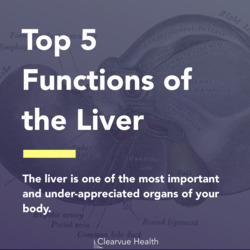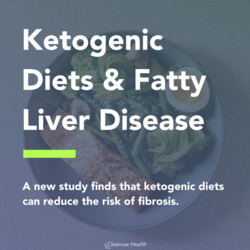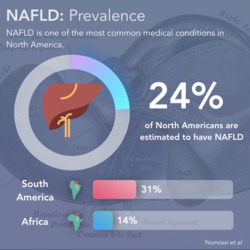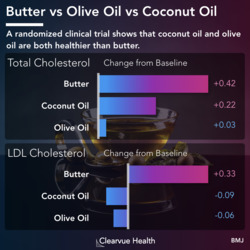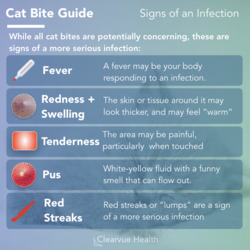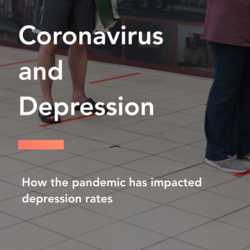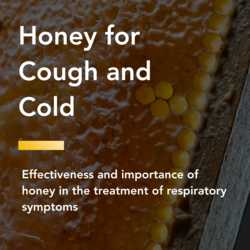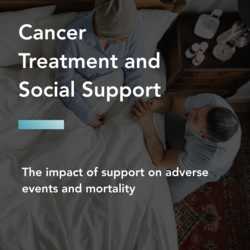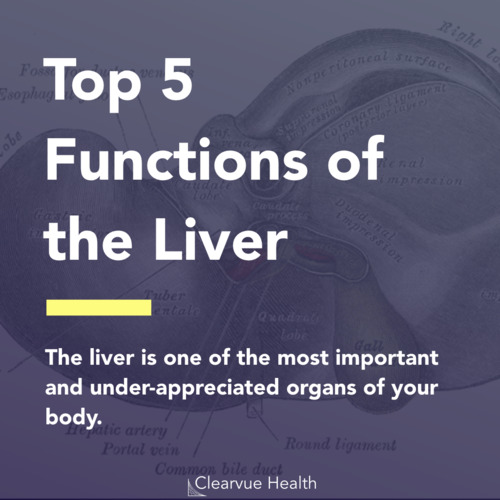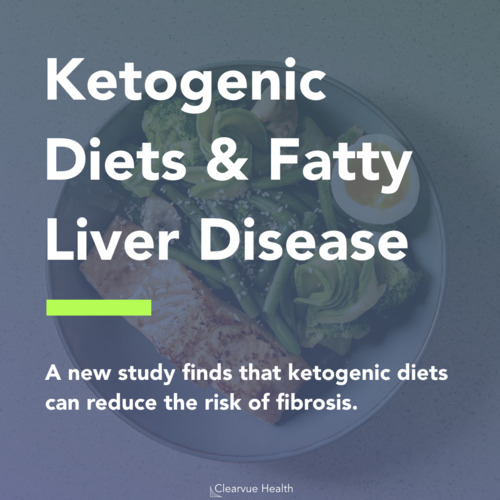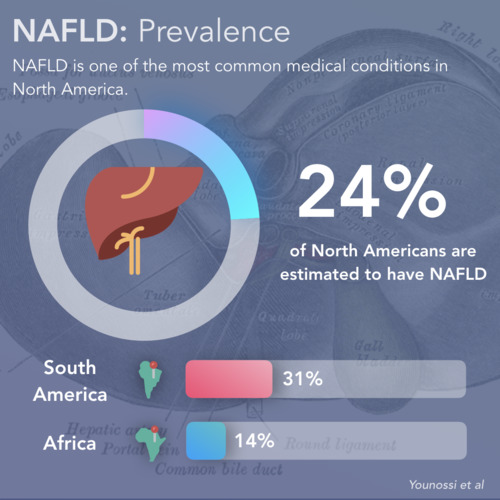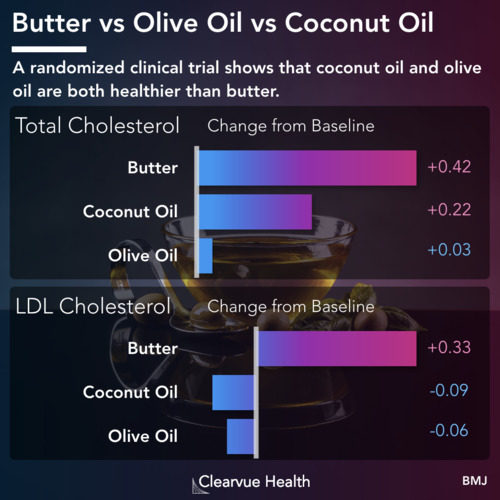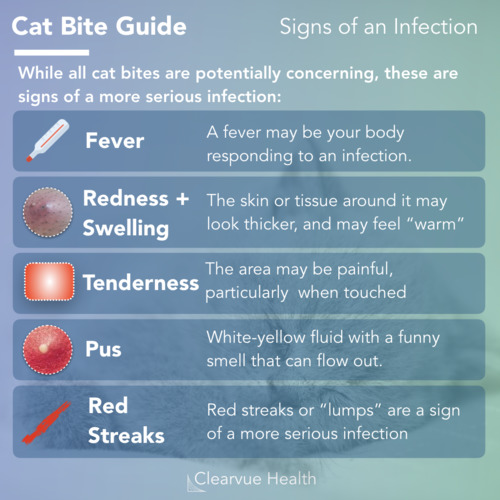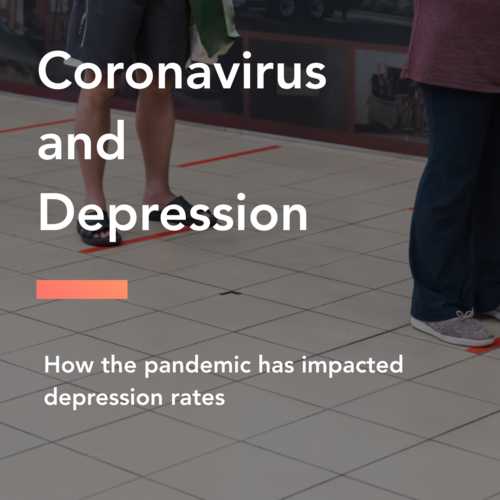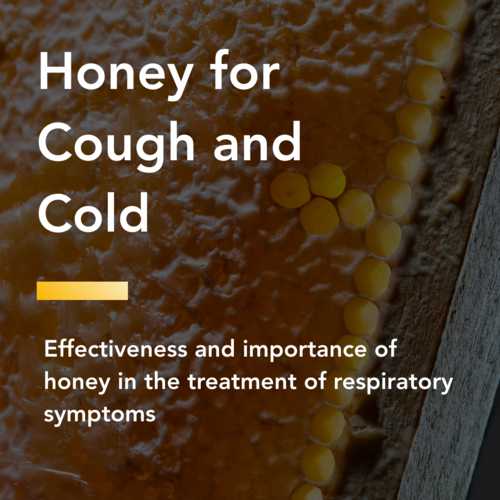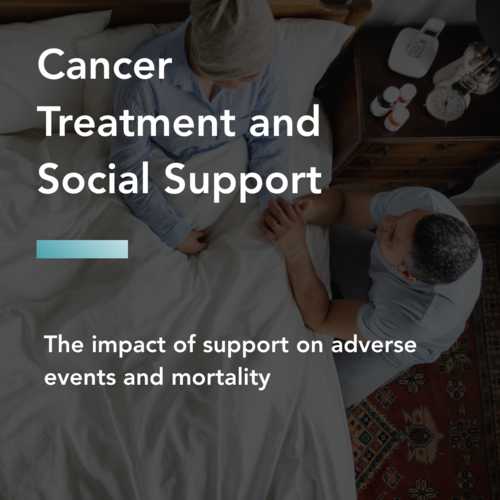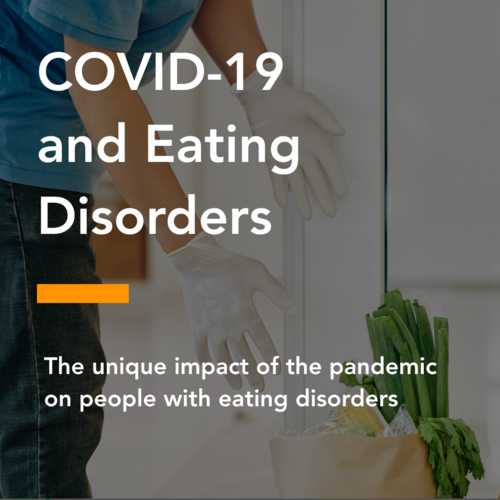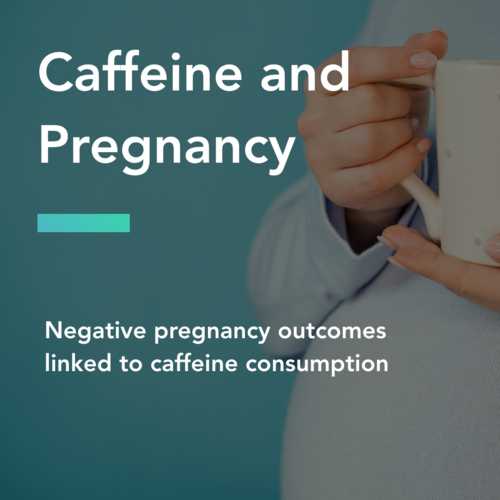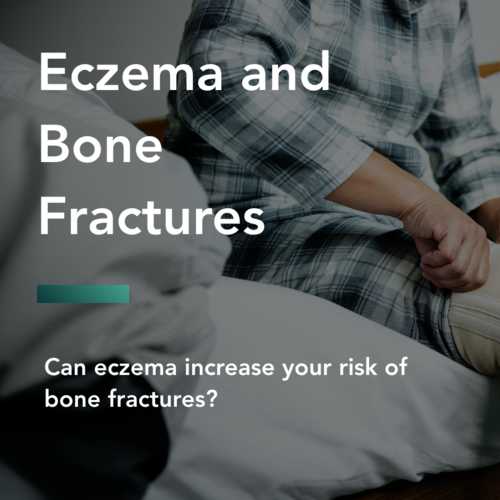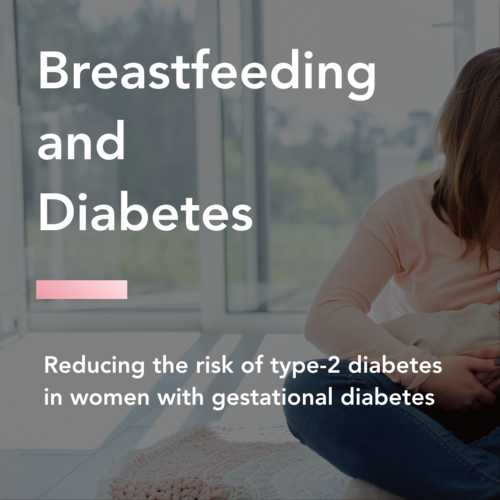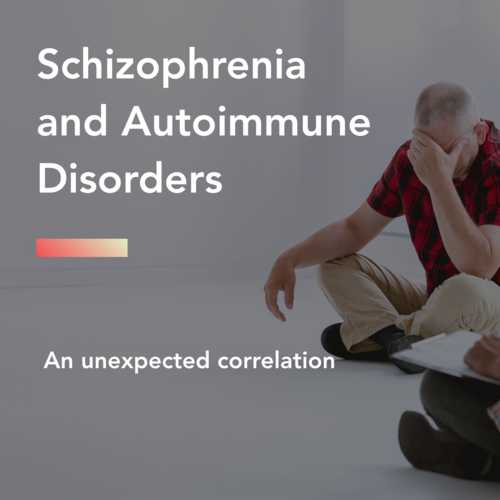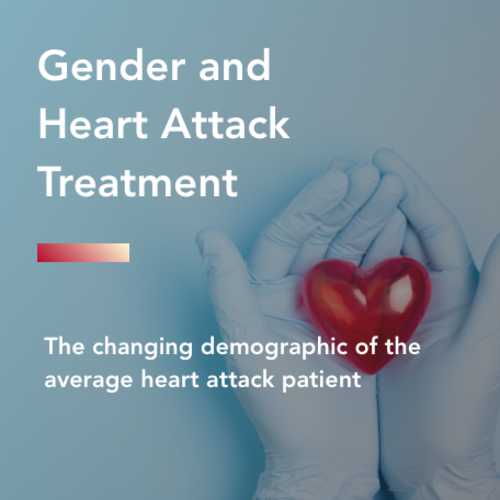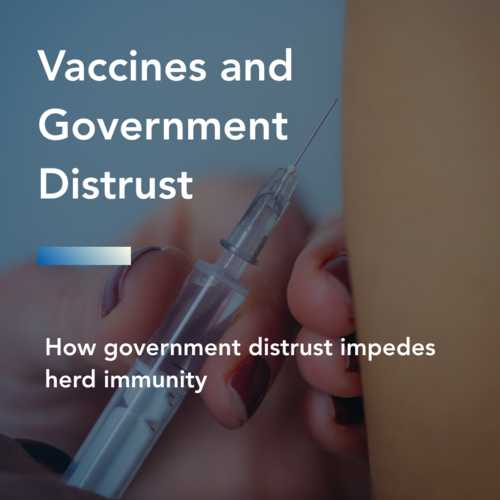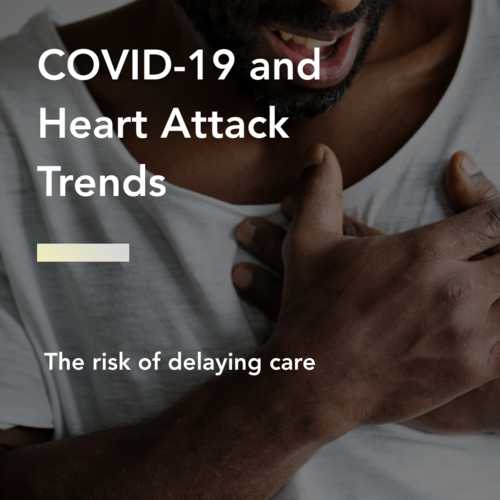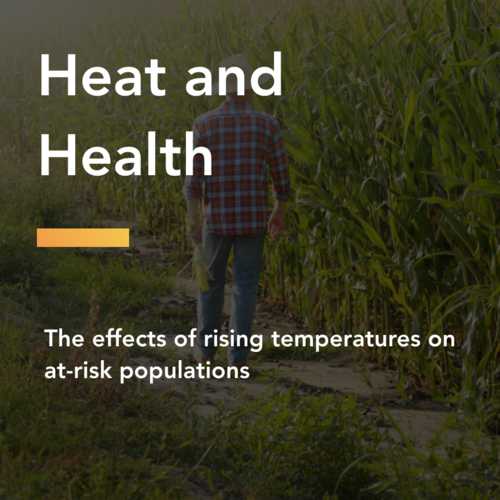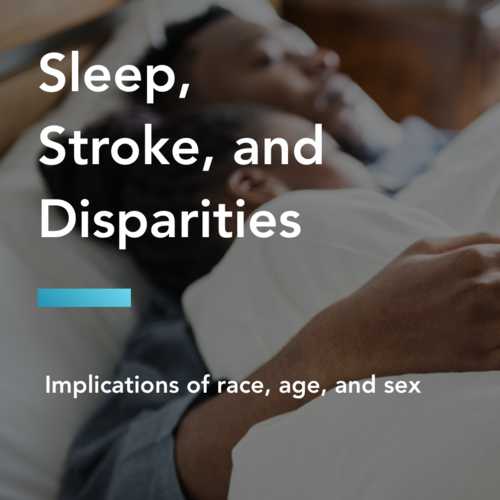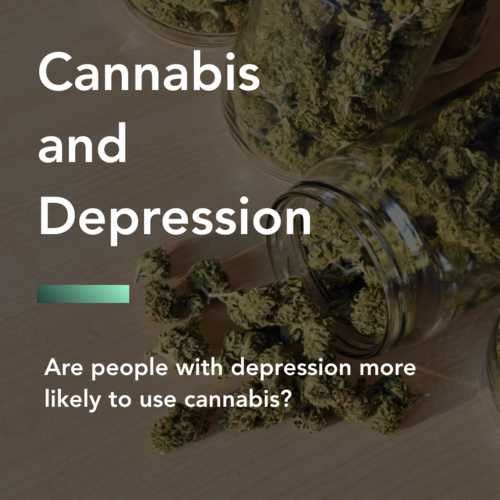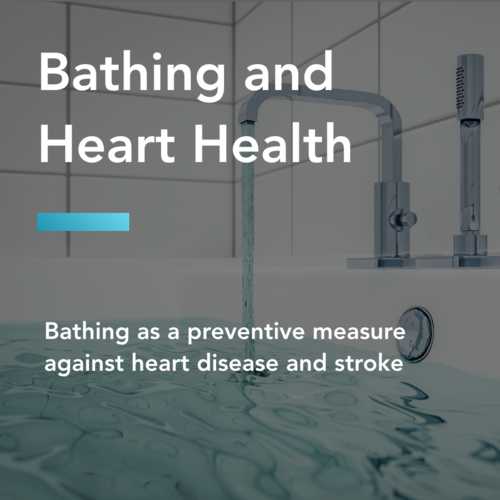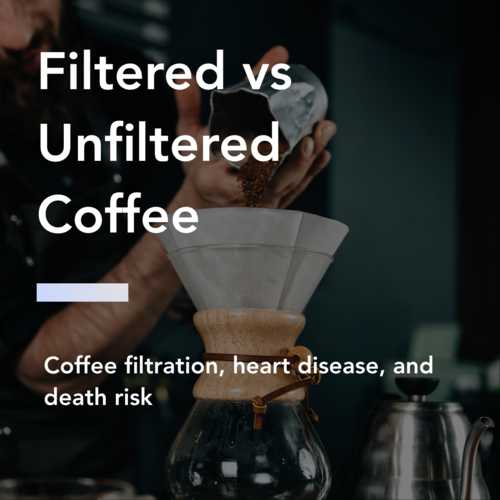The Evidence
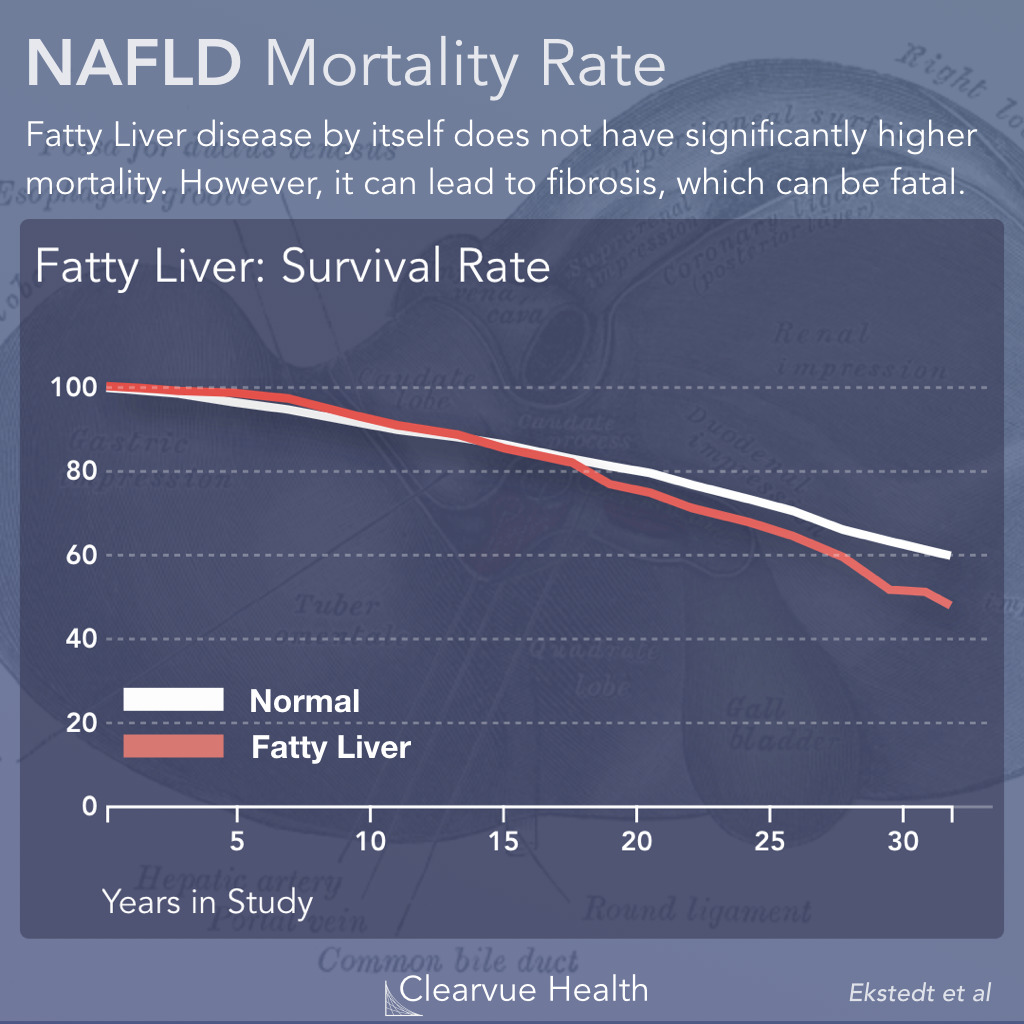
Figure 1: NAFLD Mortality Risk. NAFLD is one of the most common medical conditions in North America and the world. As a whole, it correlates with a significantly higher risk of mortality. However, the overall mortality risk for fatty liver alone is small. The red line represents the survival of patients with fatty liver disease. The white line represents the survival of patients without fatty liver disease.
NAFLD, which stands for Non-Alcoholic Fatty Liver Disease, encompasses all stages of fatty liver disease not caused by alcoholism. Overall, NAFLD is associated with a small increase in mortality, as we can see in the above chart.
In this study, researchers followed 229 subjects across over 30 years of their lives to see how NASH affects lifespan. Unlike some previous studies, all patients in this study had biopsy-proven NAFLD, which means that doctors were sure that they had NAFLD.
Researchers found that overall, patients with fatty liver had a slightly higher risk of death over 30 years. However, as you can see in the chort, the difference was relatively small. (HR=1.29, CI=1.04-1.59)
Source: Fibrosis stage is the strongest predictor for disease‐specific mortality in NAFLD after up to 33 years of follow‐up
NASH: Fibrosis Risk
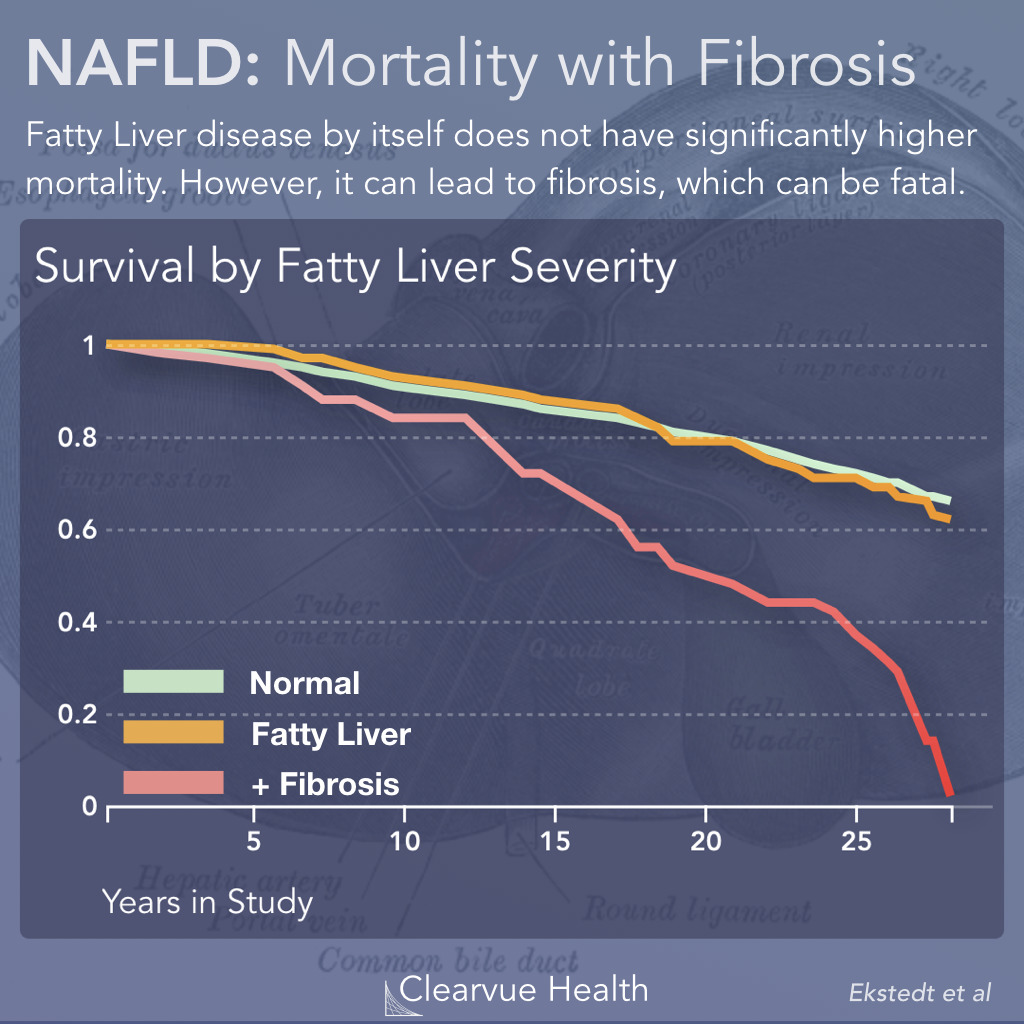
Figure 2: NAFLD: Mortality with Fibrosis. The risk of mortality in NAFLD depends highly on whether a patient has fibrosis. Patients with fibrosis had a dramatically higher risk of mortality. As shown above in red, nearly all patients with fibrosis had passed away by the end of the study. Meanwhile, patients with fatty liver and no fibrosis had a survival rate approximately equivalent to patients without fatty liver.
However, when we look specific subtypes and risk factors, we can see that certain individuals have a much higher risk of death.
Fibrosis, which refers to the development of scar tissue that can occur in fatty liver disease, is associated with a dramatically higher risk of death. Nearly all the patients with fibrosis had passed away by the end of the study.
Fatty liver disease without any fibrosis did not lead to a significantly higher risk of death.
Source: Fibrosis stage is the strongest predictor for disease‐specific mortality in NAFLD after up to 33 years of follow‐up
NASH: Mortality by Fibrosis Stage
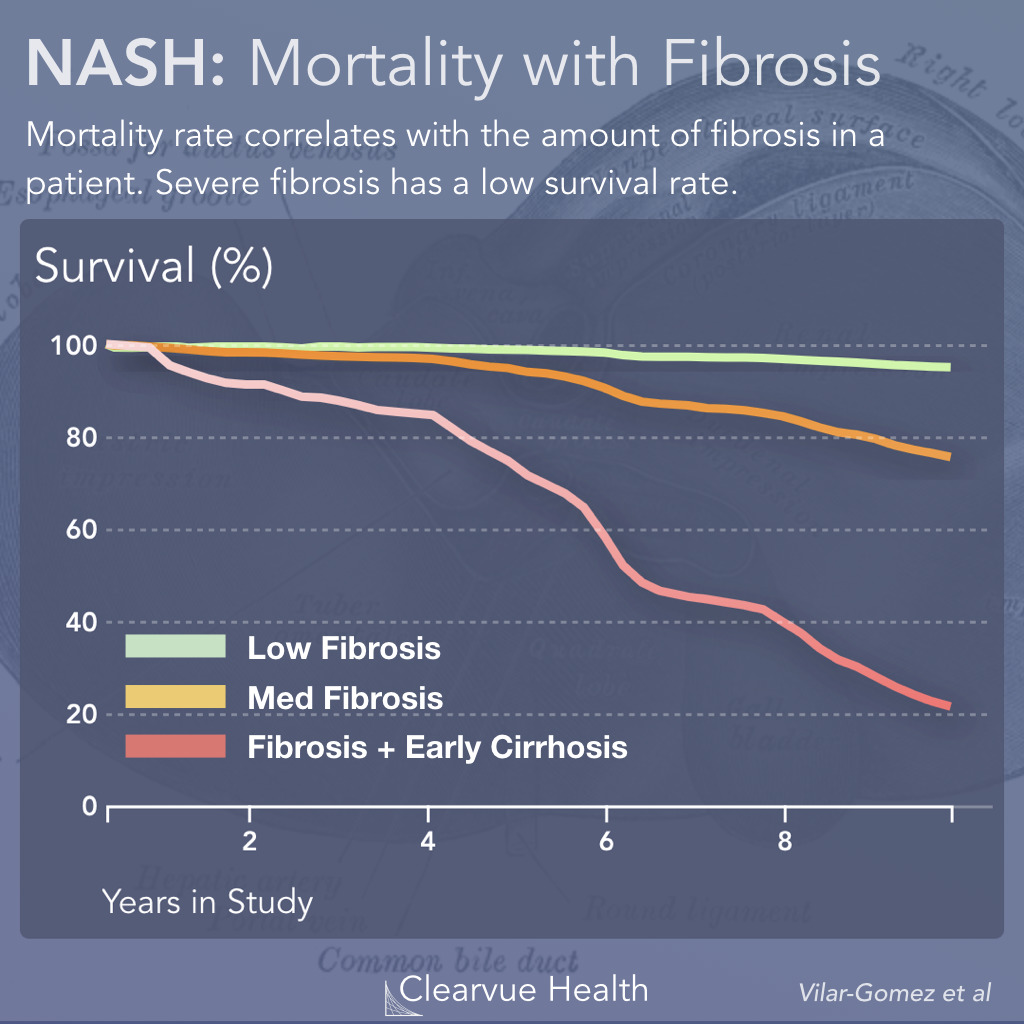
Figure 3: NASH: Mortality with Fibrosis. The risk of mortality in NAFLD depends highly on whether a patient has fibrosis. For patients with fibrosis, the level of fibrosis plays a significant role. Patients with the highest level of fibrosis had nearly all passed away by the end of the 10 year study period, while 80% of patients with low fibrosis had survived.
A second study provides a more detailed look at how fibrosis influences NASH survival.
Researchers found that over 10 years, the amount of fibrosis that a NASH patient has is correlated with their odds of survival. Having a "little bit" of fibrosis was significantly better than having very-high fibrosis.
Around 80% of those with low fibrosis were alive at the end of the study, compared to less than 20% of those with very high fibrosis.
Source: Fibrosis Severity as a Determinant of Cause-Specific Mortality in Patients With Advanced Nonalcoholic Fatty Liver Disease: A Multi-National Cohort Study.
NASH: Cancer Risk

Figure 4: NASH: Cancer Risk. Much of the mortality of NASH is driven by liver cancer. The risk increases with higher levels of fibrosis. Patients with very high fibrosis risk (red) had the highest odds of developing liver cancer at 40%. Those with the lowest fibrosis (green) had a lower, but still significant, risk.
One of the primary drivers of mortality in NASH is hepatocellular carcinoma, a type of liver cancer. The ongoing damage to liver cells increases the risk of cancer in patients with NASH.
Similar to the data on NASH and mortality, those with more fibrosis had a significantly higher risk of developing liver cancer. Those with the highest level of fibrosis had about a 40% risk of developing liver cancer by the end of the study.
Source: Fibrosis Severity as a Determinant of Cause-Specific Mortality in Patients With Advanced Nonalcoholic Fatty Liver Disease: A Multi-National Cohort Study.
More Info on NASH
NASH
Non-Alcoholic Steatohepatitis
NASH is a condition caused by the presence of fat in the liver. It is a subset of non-alcoholic fatty liver disease. Over time, the fat in the liver can lead to liver inflammation, the end stage of which we call NASH.




